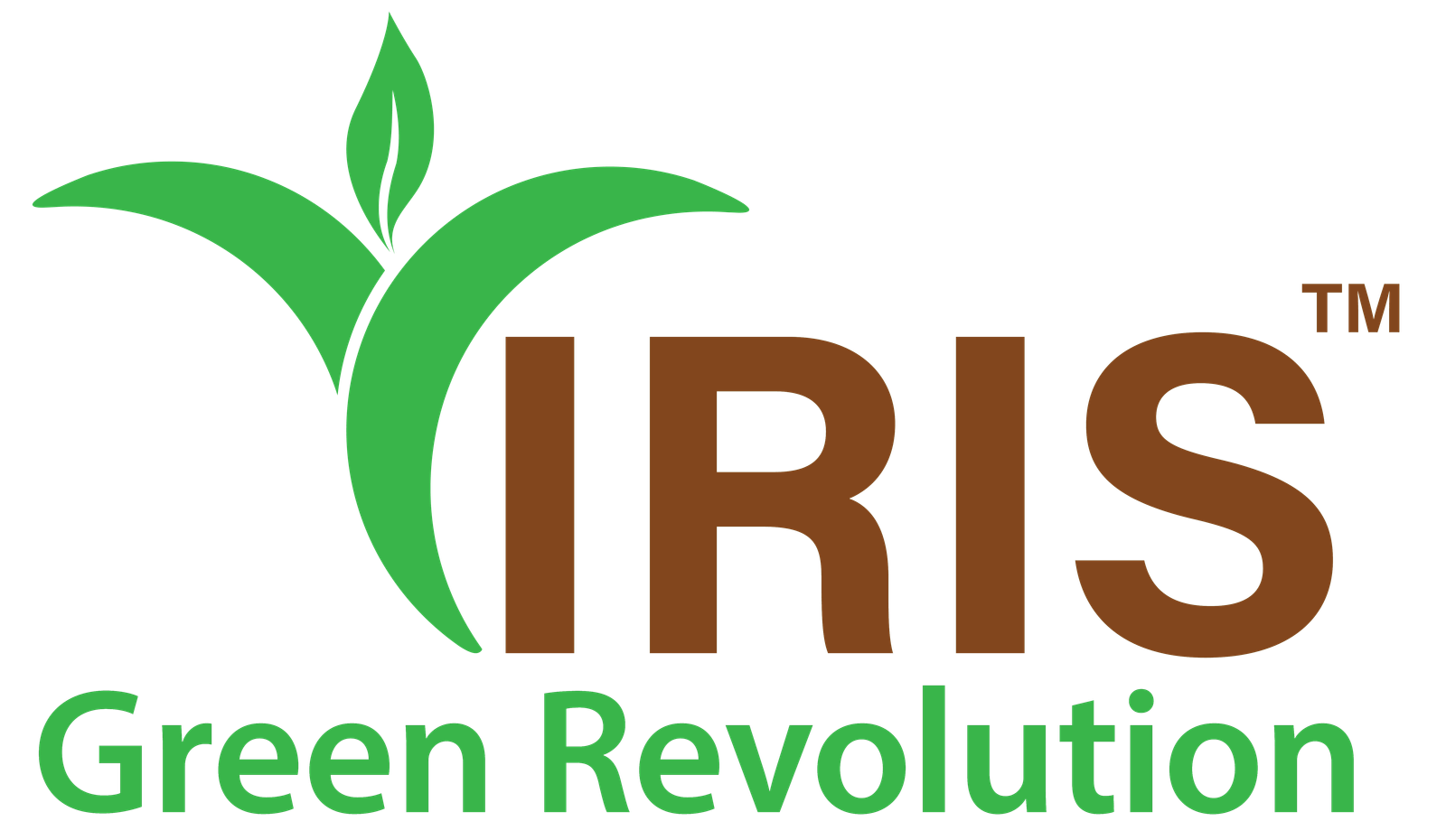Unlocking the Secrets to Superior Fodder: The Science Behind Silage Films
In the quest to secure high-quality feed for livestock, farmers around the globe are turning to one of the agricultural sector’s most ingenious innovations: silage films. At Iris Green Revolution, we’re leading the charge in providing these essential agricultural tools, engineered to preserve the nutritional value of silage, ensuring that livestock have access to superior fodder year-round. Here’s an in-depth look at how silage films are changing the game in modern farming.
The Importance of Quality Silage
Silage is a staple feed for ruminant animals, providing essential nutrients necessary for their growth, health, and productivity. The quality of silage directly impacts milk yield and meat production, making its preservation a priority for farmers. The process of ensiling, or storing fodder in a way that induces fermentation, helps retain its nutrient content. However, this process is delicate and requires a precise anaerobic (oxygen-free) environment to prevent spoilage – and that’s where silage films come in.
The Role of Silage Films in Fodder Preservation
Silage films are a type of plastic wrap used to encase and seal fodder in airtight conditions. Here’s how they contribute to maintaining high-quality silage:
- Anaerobic Fermentation: By creating an oxygen-deprived environment, silage films allow lactic acid bacteria to thrive, lowering the pH and preserving the forage.
- Moisture Retention: Properly used, these films help maintain the right moisture levels, preventing the feed from becoming too dry or too wet, which can compromise its quality.
- Protection Against External Elements: Silage films protect the forage from harsh weather conditions, such as rain or extreme temperatures, which can affect the fermentation process and nutrient preservation.
Iris Green’s Advanced Silage Films
At Iris Green Revolution, we understand that not all silage films are created equal. Our products stand out due to:
- Durability: They resist tears and punctures, which could allow air to enter and spoil the silage.
- UV Resistance: Our films are treated to resist ultraviolet light, preventing degradation and ensuring that the film remains intact over time.
- Flexibility: This ensures that our films can wrap tightly and conform to the shape of the silage, further enhancing the airtight seal.
Sustainable Options for the Future
As environmental concerns mount, Iris Green Revolution is also pioneering eco-friendly options. Our biodegradable silage films break down after use, reducing waste and the environmental impact of traditional plastics.
Best Practices for Using Silage Films
For optimal results, it’s crucial to apply silage films correctly. Here are some best practices:
- Ensure Cleanliness: The area where the silage is to be stored should be clean to prevent contamination.
- Wrap Tightly: The silage should be packed and wrapped tightly to eliminate air pockets.
- Monitor Regularly: Check for any tears or damage in the film and repair them immediately to maintain the anaerobic environment.
The Impact on Farming Operations
The use of silage films can lead to a significant uptick in farm productivity. By securing a year-round supply of high-quality feed, farmers can better manage their herds’ nutrition, leading to improved animal health and increased yields.
In conclusion, silage films are more than just a farming accessory; they are a pivotal element in the modern farmer’s toolkit. As Iris Green Revolution continues to innovate and provide advanced solutions for the agricultural community, the role of silage films in sustaining livestock nutrition remains paramount. The future of farming is here, and it’s wrapped in the promise of advancement and sustainability that silage films offer.
